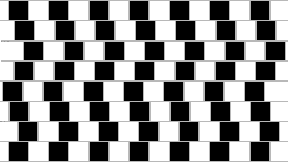

OPTICAL ILLUSIONS: A collection of images that fool the eye and mind.
Because our eyes and minds have been hardwired by evolution to identify patterns and relationships to help recognize the world around us, they can be fooled by images that contain patterns that don't occur in nature. The result is an optical illusion that makes us see something that isn't correct. Here are several interesting and entertaining examples:
The gray lines between the rows of boxes are actually straight even though they look wavy.

As you look at the corners where the intersections of the gray lines, the ones near the center of your field of view look white while those further away look darker. Moving your eyes around will make the dots flash bright and dark.
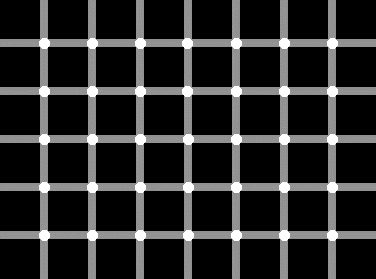
Although the open center circle on the left looks slightly smaller than the one on the right they are both the same size.
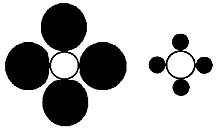
All of the rows and columns of boxes are straight in the following image:
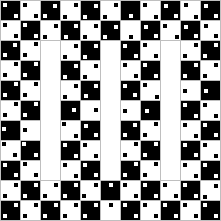
The corner intersections are white, even though they appear a faint gray.
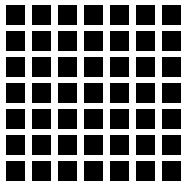
The diagonal lines are all parallel
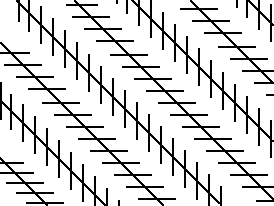
Even though the top line looks longer than the bottom one, they are both the same length.
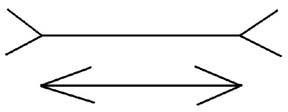
All the red boxes are the same color, even though the ones on the bottom appear darker.
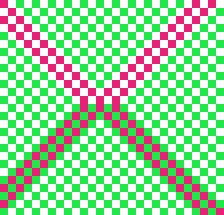
The eternal stairway upward
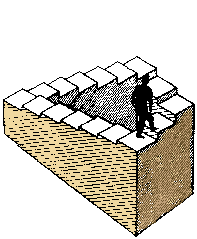
Focus on the black dot in the center of the rings and lean forward and backward, the rings will appear to rotate in opposite directions.
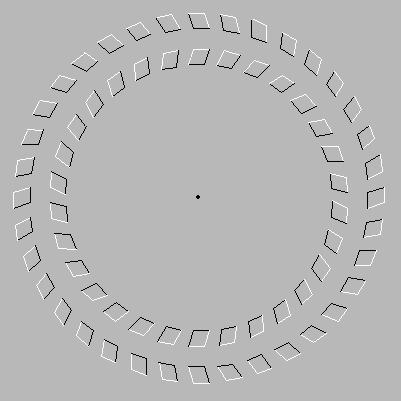
Lean close the screen and focus on the red circle as you count to 60. Then close your eyes and you'll see a green circle where the red dot was.

This uses a different effect than the previous illusions, in fact it isn't an illusion at all. What happens is that as you stare at the red dot your eye adapts to the color red. After awhile it develops a temporary bias against red. When you then close your eyes they over correct and you see the opposite color: green.
This is similar to the loss of sensation we feel when something presses against our skin with constant pressure and without movement against. After awhile the nerves adapt to the sensation and we no longer feel it. But, when the pressure is removed we feel a spring-back or opposite sensation even though there isn't any stimulation occurring.
Here's an example of how diverging lines create the illusion of objects getting smaller:
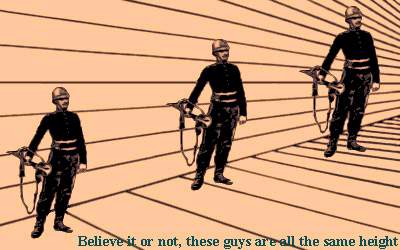
The following illusion gives you three illusions in one picture: the lines look curved, the squares look different sizes and the surface appears to bulge outward.
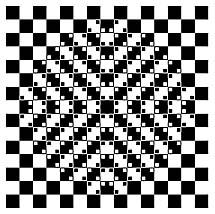
This next is a perennial favorite among engineering students:
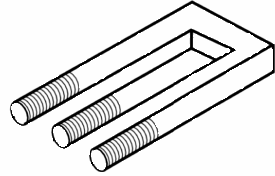
Here's a refined version of the same illusion:

(To view a three dimensional version of this illusion
please click on
my HOW
TO MAKE THREE DIMENSIONAL IMAGES page.)
The following uses a similar technique to fool the eye:
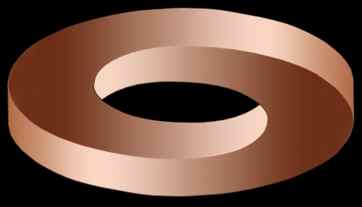
As you look at the next image the outer circles will appear to rotate clockwise while the inner circles move in the opposite direction. The effect is enhanced by letting your eyes roam around the picture.
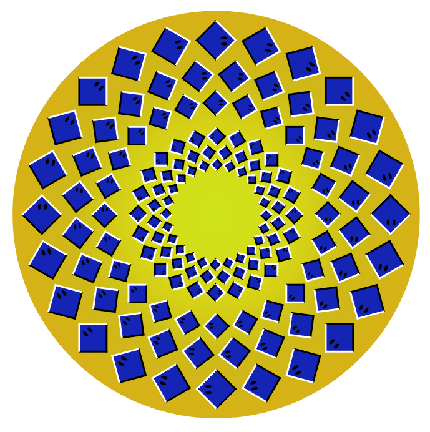
This picture works in a similar manner. Moving your eyes right and left increases the rolling-wave effect.
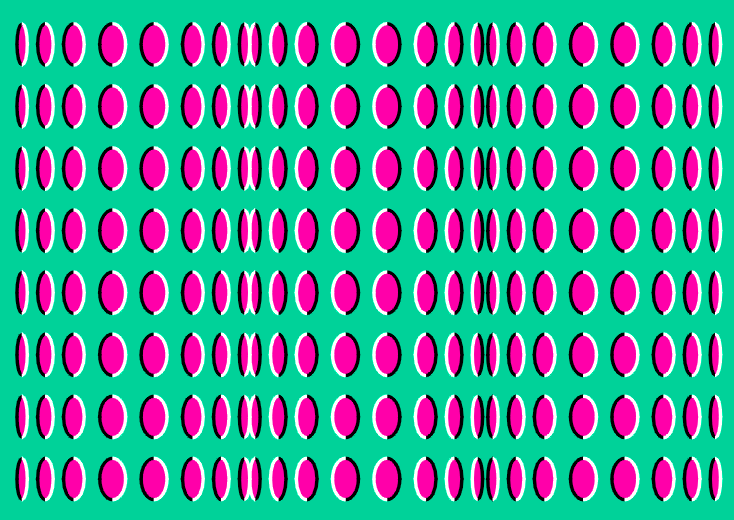
The following is a double illusion: waves appear to roll from corner to corner and the rows of squares appear warped even though they are straight:
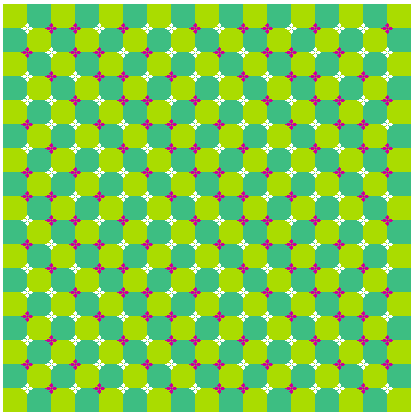
In the picture below it appears as if the circles are spinning as you move your eyes around:
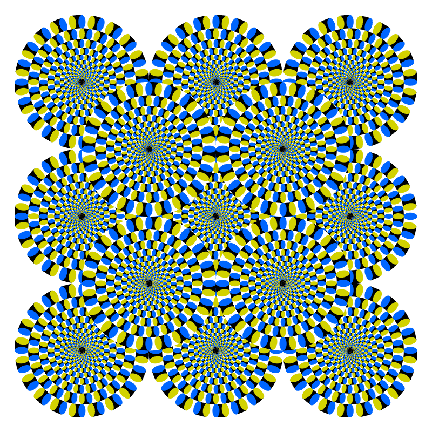
Focus on the area between the red dots and lean forward until the two red dots appear to merge into one dot. Then slowly lean back while maintaining your focus on the red dot. At around a foot from the screen you'll suddenly see the colored dots appear as if they were a three dimensional image with the yellow dot the closest and the black dots the furthest away. Off to either side you will see two more 3D images of the same field of dots. (This may take some practice.)
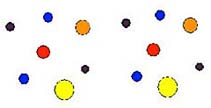
This trick can be used to create 3D images of planets. A popular one is using two images of Jupiter taken half an hour apart. The slight rotation of the planet shifts details on the surface so that the image appears three dimensional.
How it works is that your mind processes information from the focusing angle between your two eyes to establish whether things are close or far away. Objects near have your eyes turned in more than those far away so your mind knows they are closer. In the case of the two fields of dots above, although they appear to be the same, the yellow and orange dots on the right were moved slightly to the left, increasing the angle between the left and right fields so they look closer. The blue and black dots on the right were moved to the right, decreasing the angles so that they are interpreted as being further away. (To learn how easy it is to create 3d drawings like this, please open my HOW TO MAKE THREE DIMENSIONAL IMAGES page.)
There
are thousands of optical illusions. Two of the best sites I've found
for viewing them are:
http://www.michaelbach.de/ot/ (many motion-related illusions where you can select the speed at which the picture rotates)
http://psy.ritsumei.ac.jp/ric/~akitaoka/index-e.html (another great site with hundreds of illusions)
Click
here to go to my main page and browse
80 other topics: everything from magnetic rocket engines and Knitting
Nancies to the strange world of lucid dreaming.